*Hi friends. how are you?
*Today share with you history of Aircraft.

*An aircraft is a type of device that is capable of flying on the air. It acts against gravity by static lifting or dynamic lifting of the airfoil or in some cases by a downward push of the jet engine.
*The human activity around the aircraft is called aviation. In most cases the aircraft is operated by the pilot present, but in many cases the unmanned aircraft is controlled remotely by remote or by the self-control of the computer present on the aircraft.
*History:

*Although centuries have passed since the small replicas of the aircraft were flown or the first manned flight, the first manned ascent and safe landing in modern times has taken place with a large warm gas balloon built in the eighteenth century. Through each of the two world wars, extensive strategic development of aircraft has been achieved. As a result, aircraft history can be divided into five eras:
*Aviation pioneers, aviation aviation aircraft, range: from early experiments to World War I, 1914, 1914 to 1918, World War II aviation, range: 1917 to 1939, World War II, or World War II, Scope: Present since 1945
*Lifting procedures:
Different types of aircraft are used for lifting in the air. Some common methods:
*Light-airborne aviation:

*Airplanes such as warm gas balloons float in the air using the concept of buoyancy. In this case they can be compared to ships floating in the water. The Chinese first invented the lantern in the third century BC. It was the first aircraft-like object to fly in the sky. Earlier, the Chinese were the first to fly kites as an object in the sky more than two thousand years ago. Warm gas balloons were originally known as airplanes. In addition, giant, powerful, winged specially designed aircraft were known as airships. [2] [3] However, these were never implemented. The most popular of these was the Zeppelin, which later crashed.

Again, some aerodynamic aircraft structures were flexible and pneumatic in shape called "blimps".
Heavy than air - aerodynamic aviation
*Such planes force the air or gas downwards in one way or another, resulting in an upward reaction ball according to Newton's third law of motion. This force helps the aircraft to float in the air. Aeronautical aircraft usually perform two types of lifting - aerodynamic lifting and engine powered lifting.
* Aerodynamic lifting:
In this case the fan is usually used. Especially in fixed winged aircraft, where the aircraft floats in the forward movement of the wing and the aircraft with rotating wing, where the aircraft floats in the air as a result of the rotation of the wing. The plane flies when it flies over.
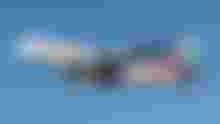
*Powerful lifting:
In this case, as a result of the downward push given by the aircraft engine, the aircraft ascends and lands in the air.

*Speed editing:
The Pegasus NASA X-43A, which has the record for the highest speed flight, is a Scramjet-powered, word-of-mouth, lifting body, experimental aircraft that set a record on November 18, 2004 with a speed of Mach 9.6 or 6,000 miles per hour. [11] [12] The record for the highest speed powered aircraft flight - the North American X-15A-2, set the record on October 3, 1986, with a speed of 7.82 or 4520 mph. [13] [14] Fastest production without rockets or missiles. The fastest fixed-wing aircraft and glider space shuttle, capable of reaching speeds of approximately 16,000 miles per hour on the Mac 25 or [13] [15] [13] [17] [18] The fastest current military aircraft - jointly Soviet / Russian MiG-25 fighter jets (Mac 3.2, subject to engine damage and Mac 2.63, normal) and Russian MiG-31 (Mac 2). 63) [17] [19] The fastest civilian and passenger aircraft of all time - the Tupolev 2-144 supersonic jet aircraft (Mac 2.35) [20 Fastest Current Civilian Aircraft - American Cessna Station Ten Aircraft (Mac 0.935) [21] [22] Fastest Current Passenger Aircraft - Boeing 747 (Mac 0.75)
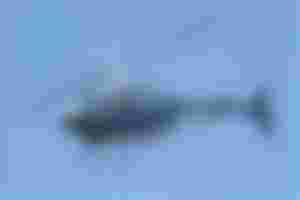
*Powerless aviation:
Glider planes are heavier than air and once floated in the air they do not need any more power. They need air contact to take off. Warm gas balloons are lighter than air and float with the wind. Although their direction or speed cannot be controlled, their height in the air can be controlled. Kites are powerless aircraft [24] but they can be controlled from the surface with the help of yarn or something else.
*Powered aviation:
In these cases, the aircraft has one or more mechanical power engines that help create the push.
* Propeller aircraft:
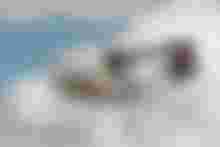
With the help of propellers attached to the front or rear of such aircraft, they receive a forward push.
*Jet Aviation:
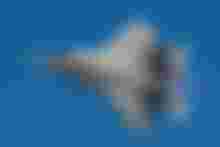
Jet aircraft have a jet engine that pulls in air, burns it, and achieves a push by throwing it at high speeds. In many cases, turbofan or turbogas engines are used to generate additional shocks. Also, afterburner warplanes are used for additional fuel flow.
*Rotor aircraft:

*Such planes usually have a horizontally mounted rotating fan or rotor that makes a downward push and can be controlled by changing the angular position of the rotor with the ground.
*No more today. Thanks all for view this article .
★Writer: Md Rabiul hasan.
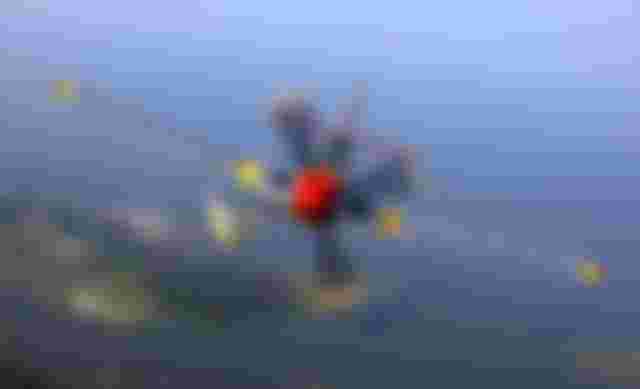
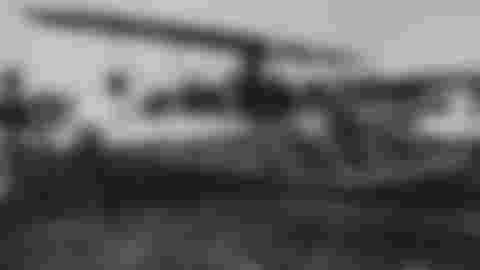
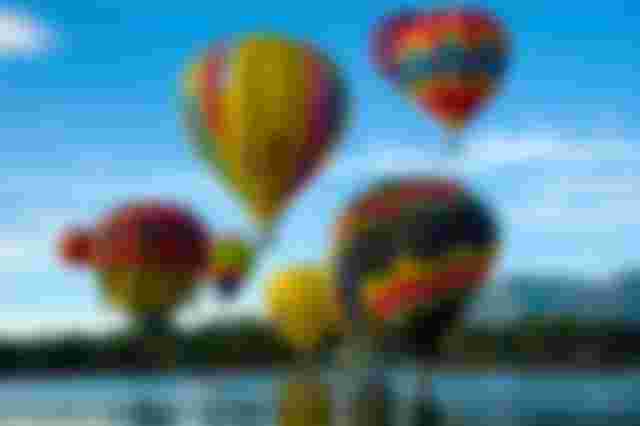
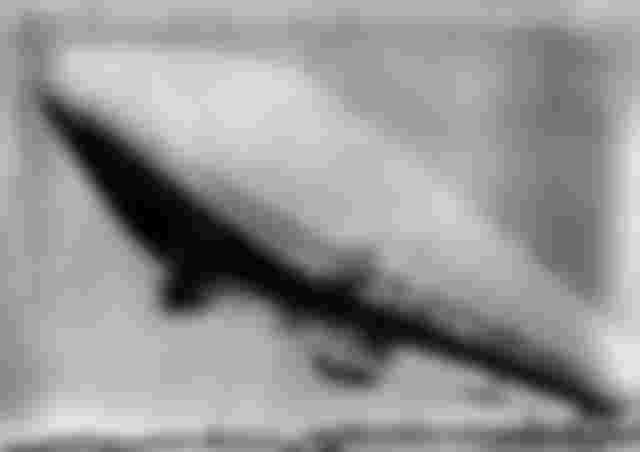
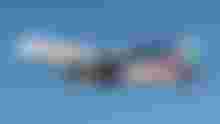
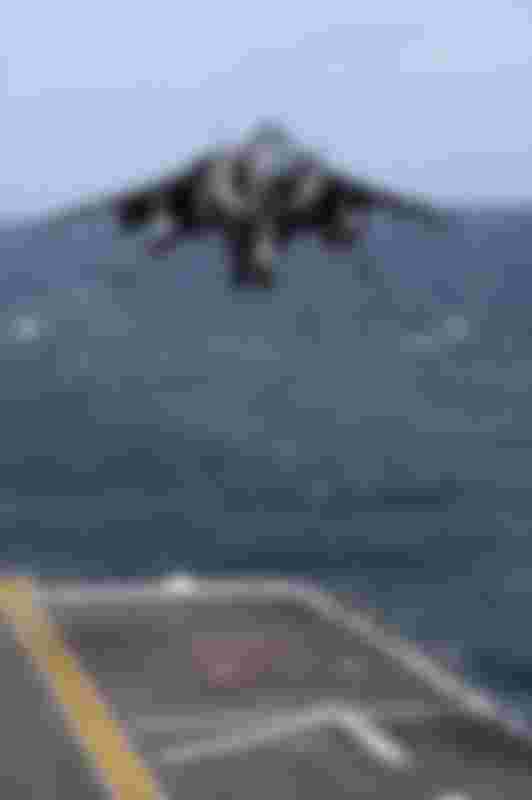
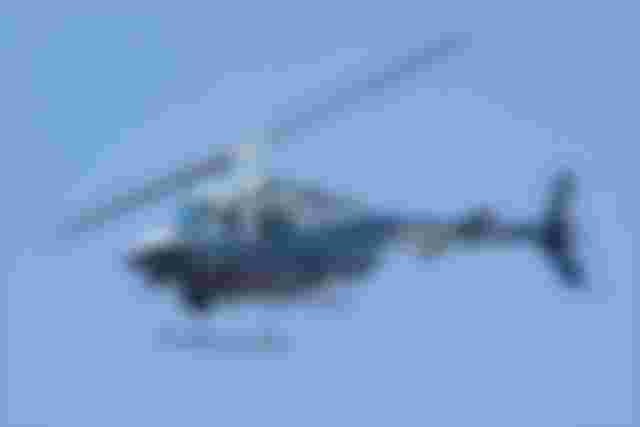
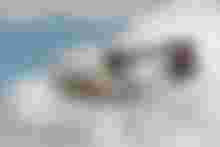


Picture is so good.nice article.